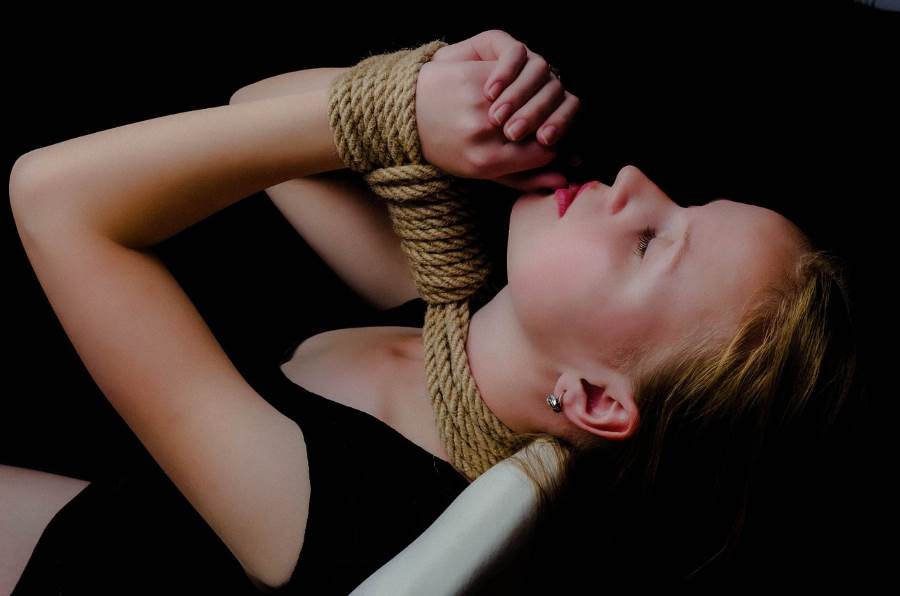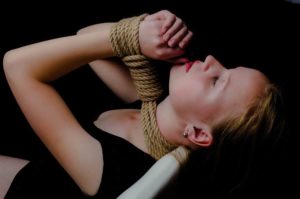Trichotillomania – Hair Pulling Help, Support, Therapy

What is Trichotillomania?
Trichotillomania or TTM – sometimes called compulsive hair pulling (CHP) – is a disorder affecting a growing number of people throughout the world. Francois Henri Hallopeaiu first reported it in 1889.
In the USA, the American Psychiatric Association estimates between six and eight million people are affected.
 Trichotillomania is not only hair pulling from the scalp but can focus on eyelashes and/or eyebrows in combination with hair from the torso, limbs, ears, nose and pubic area. Hypnotherapy can often help trace when and why these habits started and then help your to be free of this anxious condition. (see Trichotillomania Testimonials)
Trichotillomania is not only hair pulling from the scalp but can focus on eyelashes and/or eyebrows in combination with hair from the torso, limbs, ears, nose and pubic area. Hypnotherapy can often help trace when and why these habits started and then help your to be free of this anxious condition. (see Trichotillomania Testimonials)
Not so well documented is that people with the disorder may also pull hair from those with whom they are in relationships, as well as pets, soft toys and dolls. Other people bite or swallow the hair or may do one, two or all of these things. Every pattern is unique.
People with trichotillomania are likely to start pulling hair between the ages of nine and 15 in line with the onset of puberty. In children, the male to female ratio is of 1:1, while in adulthood females show prominence.
Once established hair pulling can quickly become an ingrained habit. When diagnosis has been confirmed, it is possible to treat the disorder using hypnotherapy, to look at the stress factors associated with trichotillomania. Improvement has been shown to be possible with meridian therapy and neuro pathway work.
- Trichotillomania and self diagnostic criteria
Recurrent hair pulling
Sense of tension prior to pulling
Instant relief after pulling
- Conditions associated with Trichotillomania
Depression
Generalised anxiety disorder
Obsessive compulsive disorder
Mood disorder
Personality disorder
Anne Thornton-Patterson uses hypnotherapy (see trichotillomania testimonials) and also works in conjunction with Lucinda Ellery, who offers a range of creative hair solutions while hair grows back naturally.